Twisted magnetic field around Milky Way’s central black hole
The twisted spiral pattern around the Milky Way’s supermassive black hole, newly observed by astronomers, reveals new qualities of the hugely powerful object lurking at the centre of our galaxy
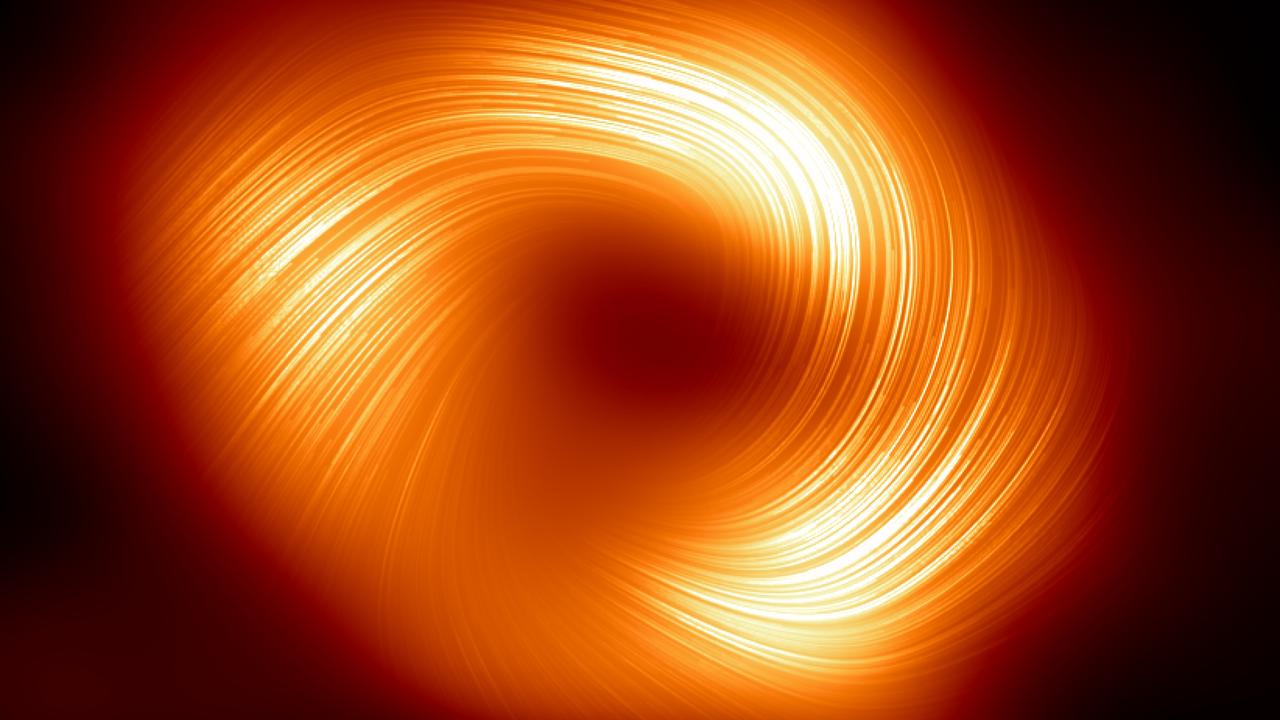
READING LEVEL: ORANGE
Astronomers* have detected* a strong, organised magnetic field* twisted in a spiral pattern around the Milky Way’s* supermassive black hole*, revealing previously unknown qualities of the immensely powerful object lurking at the centre of our galaxy.
Announced on March 27, the structure of the magnetic field flowing from the edge of the black hole called Sagittarius A*, or Sgr A*, looks a lot like one surrounding the only other black hole ever imaged, a larger one at the centre of a nearby galaxy called Messier 87, or M87, the researchers said. The likeness suggests that strong magnetic fields may be a feature common to black holes, they added.
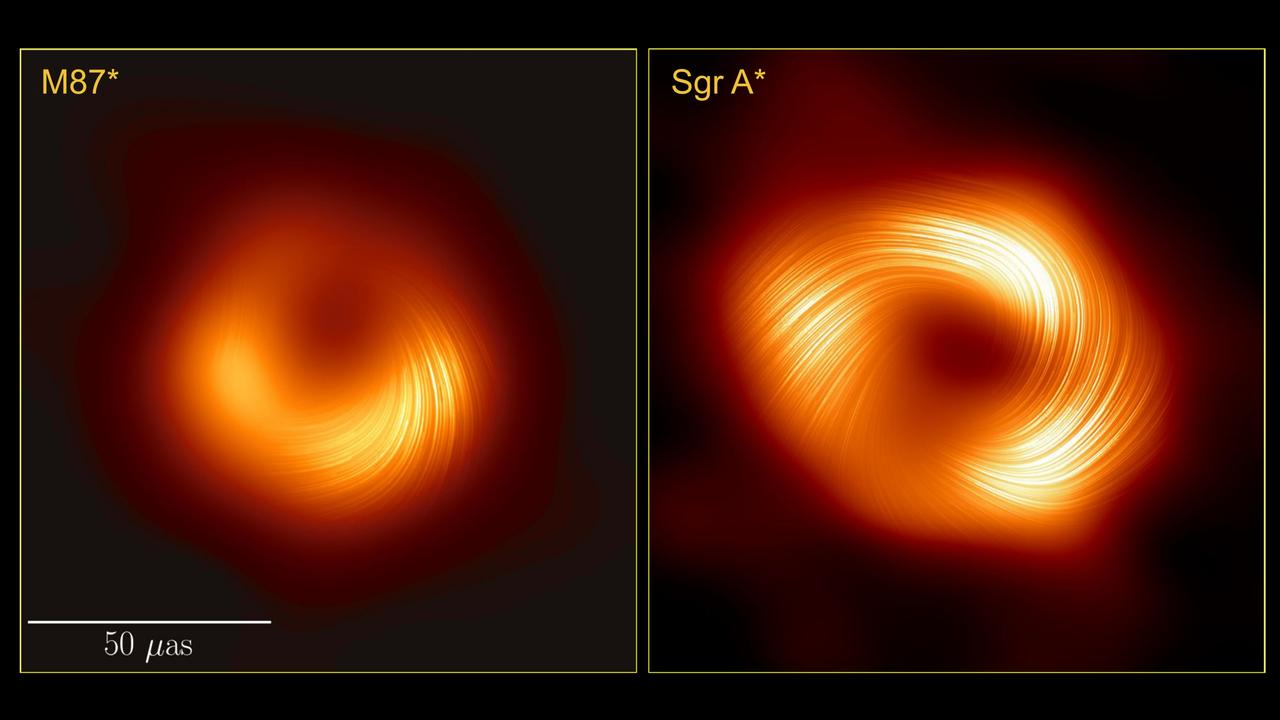
The magnetic field around the M87 black hole, called M87*, enables it to launch powerful jets of material into space. While such jets have not yet been detected around Sgr A*, they might still exist – and might be observable in the near future, researchers said.
The astronomers released a new image showing the area around Sgr A* in polarised light* for the first time, revealing the magnetic field structure. The polarised light comes from subatomic particles*, called electrons, winding around magnetic field lines.
Sgr A* possesses four million times the mass of our sun and is located about 26,000 light-years from Earth – a light-year being how far light travels in a year, being 9.5 trillion km.
“For a while, we’ve believed that magnetic fields play a key role in how black holes feed and eject matter in powerful jets,” said Center for Astrophysics* – Harvard & Smithsonian astronomer and co-lead researcher, Dr Sara Issaoun.
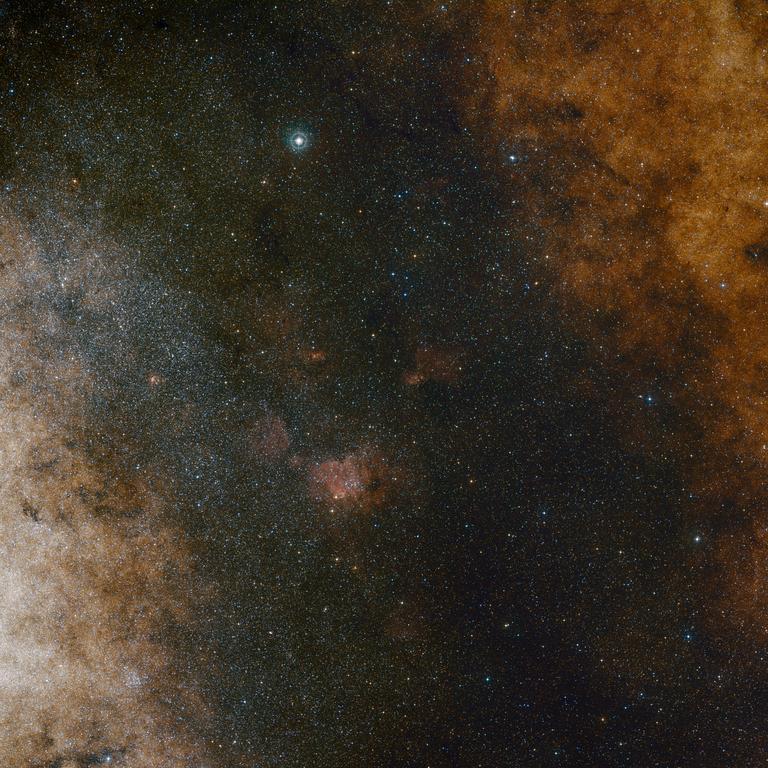
“This new image, along with a strikingly similar polarisation structure, seen in the much larger and more powerful M87* black hole, shows that strong and ordered magnetic fields are critical to how black holes interact with the gas and matter around them.”
Black holes are extraordinarily dense objects with gravity so strong that not even light can escape, making viewing them extremely challenging.
“The magnetic field appears to be organised into a spiral, similar to M87*. This magnetic field geometry implies that the black hole can power very efficient jets that shoot off into the galaxy*,” said fellow Center for Astrophysics astronomer Dr Angelo Ricarte.
The new image, like the previous images of Sgr A* and the M87 black hole, was obtained using the Event Horizon Telescope (EHT) international scientific collaboration’s global network of observatories* working collectively to observe radio sources associated with black holes.
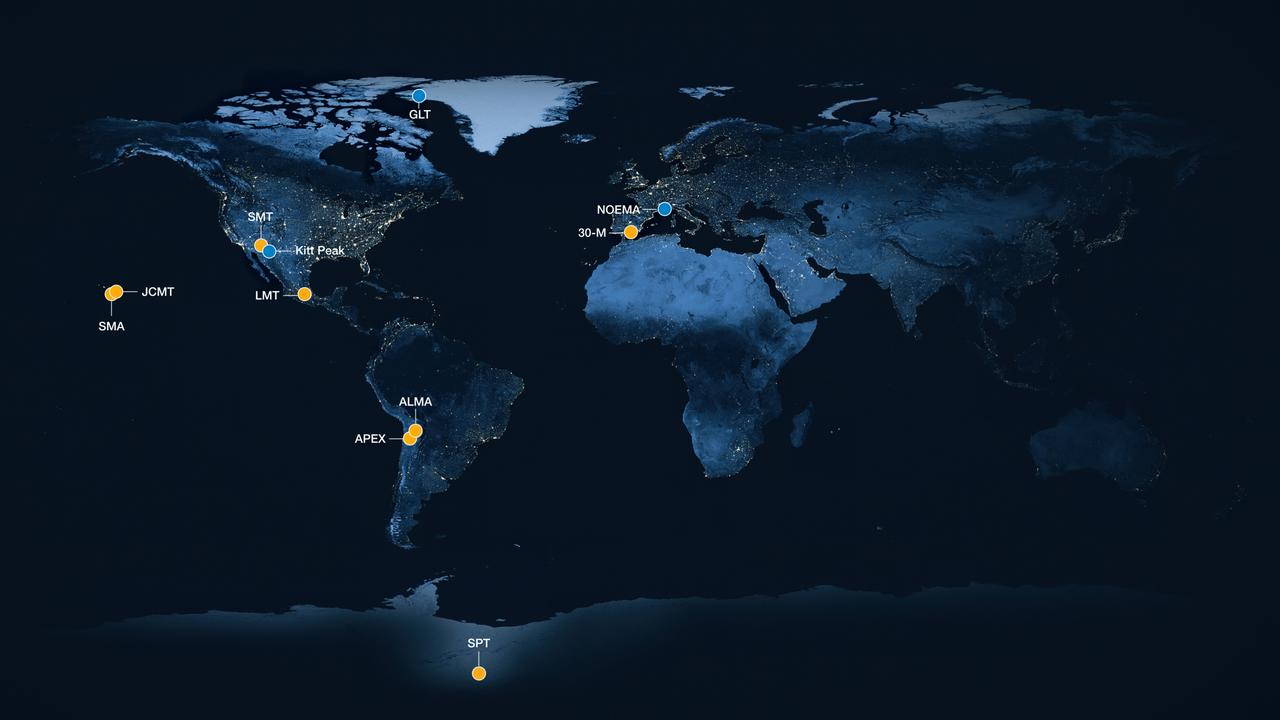
A black hole’s event horizon is the point of no return beyond which anything – stars, planets, gas, dust and all forms of electromagnetic radiation* – gets dragged into oblivion*.
“By imaging polarised light from hot glowing gas near black holes, we are directly inferring* the structure and strength of the magnetic fields that thread the flow of gas and matter that the black hole feeds on and ejects,” Dr Issaoun said.
“Compared to the previous results, polarised light teaches us a lot more about the astrophysics, the properties of the gas, and mechanisms that take place as a black hole feeds,” she said.
Light is an oscillating* electromagnetic wave that lets objects be seen. Light sometimes oscillates in a specific direction, and that is called polarised light.
The M87 black hole has a mass six billion times that of our sun and inhabits the centre of a giant elliptical* galaxy. It ejects a powerful jet of plasma – gas so hot that some or all its atoms are split into the subatomic particles electrons and ions* – visible at all wavelengths*.
The evidence for a jet flowing from Sgr A* is growing, the researchers said.
“One thing we’re really excited about is the prediction for a powerful jet,” Dr Ricarte said. “As our instrumentation improves in the upcoming years, if it exists, we should be able to tease it out of the data.”
The findings were published in the Astrophysical Journal Letters.
WATCH THE VIDEO
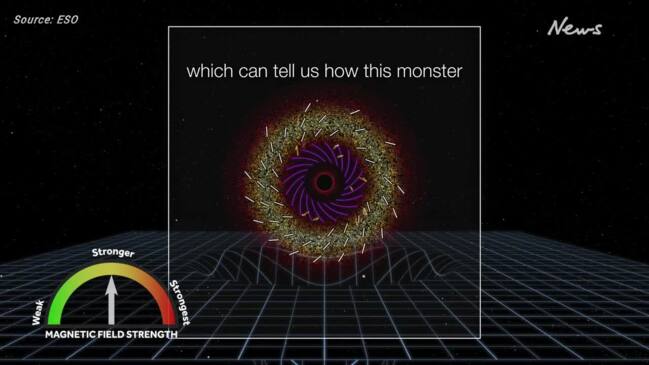
POLL
GLOSSARY
- astronomers: scientists who study the stars, planets and other natural objects in space
- detected: observed, found, noticed, discovered
- magnetic field: the area around a magnet that has magnetic force
- Milky Way: our galaxy, a large spiral system of several hundred billion stars and including our sun and solar system
- supermassive black hole: the largest type of black hole, containing between one hundred thousand and ten billion times more mass than our sun
- polarised light: made up of waves that vibrate in a single plane, as in only one direction
- subatomic particles: minute portions of matter smaller than an atom
- astrophysics: branch of space science that applies the laws of physics and chemistry to try to understand the universe and our place in it
- galaxy: a huge collection of gas, dust, and billions of stars and their solar systems
- observatories: buildings from which scientists study and watch planets, stars and weather
- electromagnetic radiation: energy transmitted through space in the form of electromagnetic waves, which include light, radio waves, x‐rays and gamma rays
- oblivion: nothingness, non-existence, blankness, a total void
- inferring: forming an opinion or guessing that something is true from information you have
- oscillating: swaying, swinging from side to side like a pendulum
- elliptical: oval-shaped
- ion: any atom or group of atoms that bears one or more positive or negative electrical charges
- wavelength: distance between two waves of energy
EXTRA READING
Stars snack on planets in space
‘Cosmic hurricane’ has black hole heart
First image of black hole in our galaxy
QUICK QUIZ
- What shape is the Milky Way’s magnetic field?
- What does it closely resemble and what does the likeness suggest?
- What is the distance light travels in a year?
- What makes black holes challenging to view?
- What is a black hole’s “event horizon”?
LISTEN TO THIS STORY
CLASSROOM ACTIVITIES
1. Think of a new name
Can you think of a more interesting name for the black hole M87? use the information in the story and what you might know about black holes to come up with a much better name. Write a convincing paragraph about why your new name should be used.
Time: allow at least 20 minutes to complete this activity
Curriculum Links: English, Science
2. Extension
What is the use of learning about things that are so far away from us? Use information from the story and perhaps your research skills to write a list of reasons why this research is important and useful to us.
Time: allow at least 25 minutes to complete this activity
Curriculum Links: English, Science
VCOP ACTIVITY
Read this!
A headline on an article – or a title on your text – should capture the attention of the audience, telling them to read this now. So choosing the perfect words for a headline or title is very important.
Create three new headlines for the events that took place in this article. Remember, what you write and how you write it will set the pace for the whole text, so make sure it matches.
Read out your headlines to a partner and discuss what the article will be about based on the headline you created. Discuss the tone and mood you set in just your few, short words. Does it do the article justice? Will it capture the audience’s attention the way you hoped? Would you want to read more?
Consider how a headline or title is similar to using short, sharp sentences throughout your text. They can be just as important as complex ones. Go through the last text you wrote and highlight any short, sharp sentences that capture the audience.

